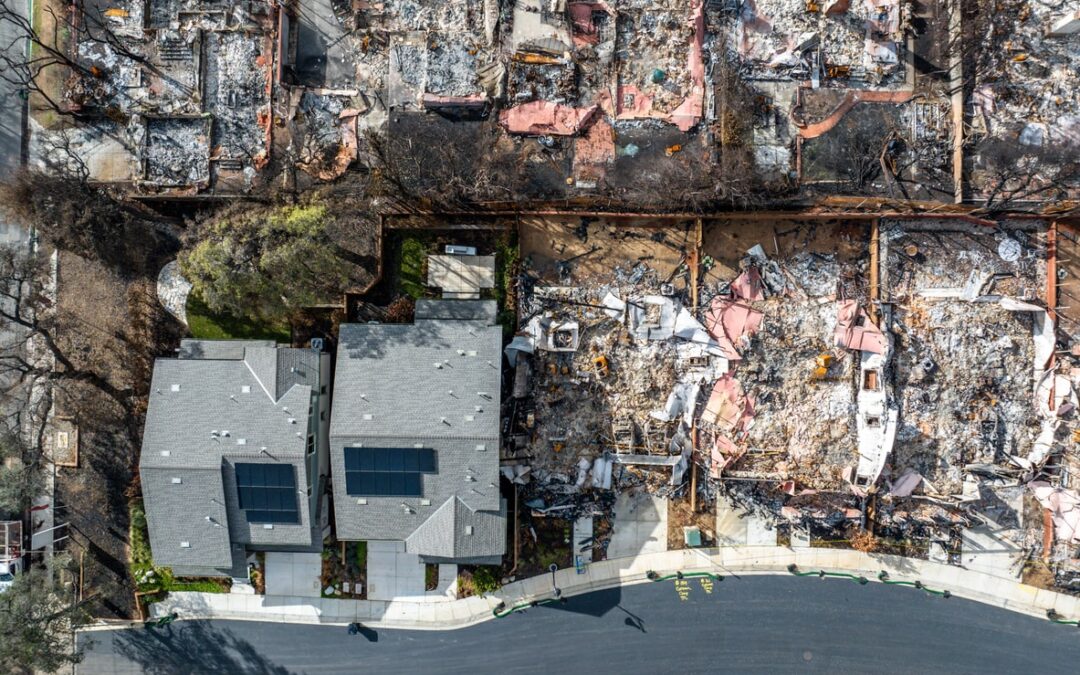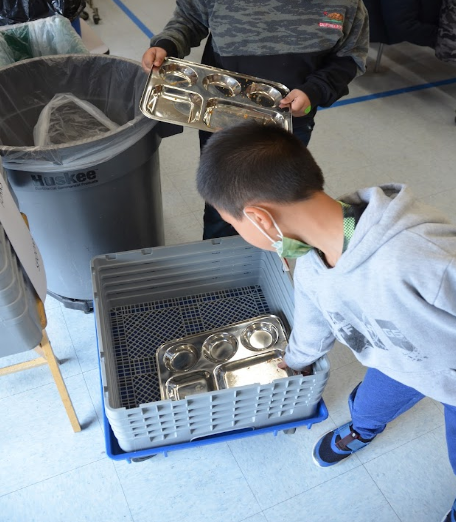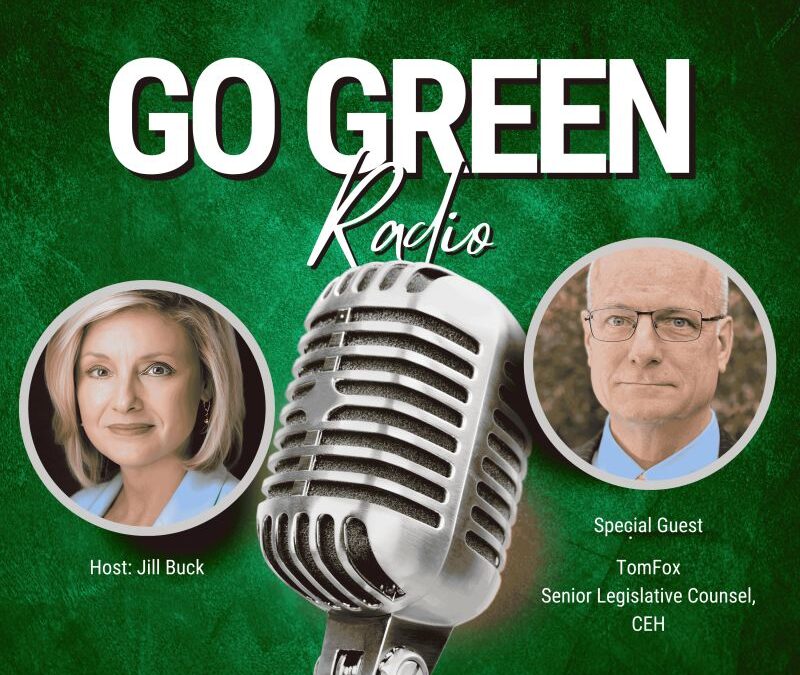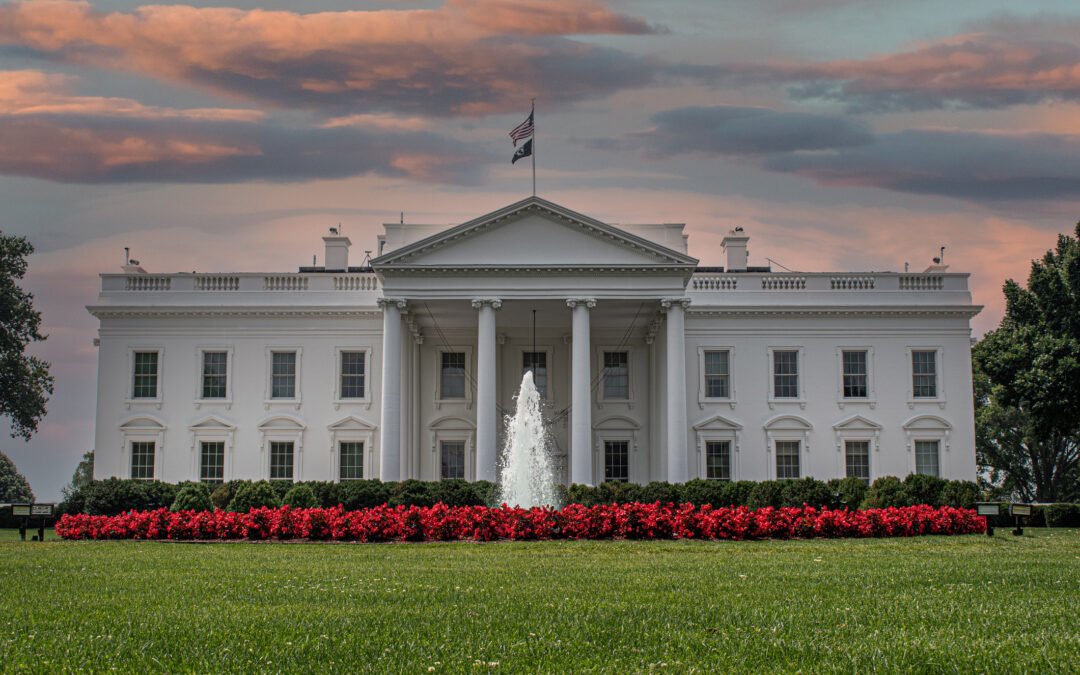
Read: A Poison Like No Other – How Microplastics Corrupted Our Planet and Our Bodies
Looking for your next summer read? Get the book for free through July 8.

Looking for your next summer read? Get the book for free through July 8.

The presence of formaldehyde in built environment products like furniture and flooring is long documented. This chemical has been in use in the furniture and flooring industry for decades, mainly as a wood adhesive. Formaldehyde is a respiratory irritant, a chemical sensitizer, and a carcinogen.
It is important for institutional purchasers to learn how to avoid this chemical when procuring built environment products. To help with this, CEH offers expertise in healthier furniture and flooring procurement and has developed several tools that purchasers can use to avoid formaldehyde in their purchasing.

Wildfires have devastated California throughout the last year. In just the last few months, public concern has grown louder as eight destructive wildfires swept across Los Angeles, burning nearly 50,000 acres. But beyond the visible destruction lies a deeper question: what happens to the environment, and to our health when these buildings burn?

This Earth Day, we’re excited to announce a huge milestone. We have now surpassed 1 million meals served in non-toxic reuse in schools in Alameda County, where CEH is headquartered.

How many of the women in our lives are fighting preventable diseases, infertility, or chronic health conditions? CEH’s virtual town hall will bring together experts to illuminate these questions.

In early March, CEH achieved settlement agreements with two companies requiring that they reformulate their shampoo products to eliminate this carcinogen.

Listen in to Go Green Radio, where Tom Tom Fox, Senior Legislative Counsel for CEH talks about the work we do everyday to remove toxics from products, food, and water.

FDA announced it had set levels that will reduce babies’ dietary exposure to lead by less than 3.6% while creating loopholes.


Let’s look back at seven strategies we used during the first Trump administration that will inform our work to protect our air, water, soil, and food during this one.